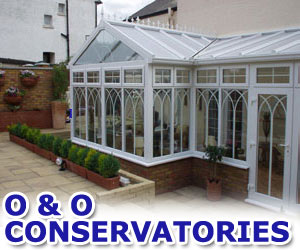Telephone
Click to view
Website
Contact
Richard Kilkelly
Address
Moy
Kinvara
County Galway
Ireland
About Airwave Technology Ltd.
Airwave Technology are leaders in the ventilation, heat recovery sector. We are dedicated to delivering complete sustainable ventilation solutions for customers, saving hard-earned cash and scarce resources. We supply and install the best performing systems and up to date technology – at the best prices, all backed up with our proven track record in the industry. These are the areas we work and provide solutions for:
Mechanical Ventilation
Mechanical ventilation will change and filter the air, where natural ventilation is not sufficient or is inefficient. It removes damp air and condensation and this is replaced with fresh filtered air. This fresh filtered air improves health and helps to alleviate symptoms of hay fever allergies and asthma.
Mechanical Ventilation with Heat Recovery
Mechanical ventilation with Heat recovery (MVHR) systems minimise energy loss whilst providing a healthier, more comfortable indoor climate. MVHR systems pre-heat fresh air supplied to living spaces in a house, this heat is taken from air extracted from kitchen and wet rooms, removing odours and condensation. MVHR systems save energy and improve air quality in your home, school, office or waiting room.
How it works
Air is extracted from the ‘wet’ rooms of the house such as the kitchen, utility and bathrooms. This air travels through ducts to the MVHR unit. There is a heat exchanger in the MVHR unit. The heat from the extracted air is transferred to the incoming fresh air. The extracted air is expelled to the outside. The warmed incoming fresh air travels through more ducts to the living rooms and bedrooms.
Whole house ventilation
MVHR controls both the supply of fresh air and the extraction of stale air to provide balanced ventilation by incorporating a manifold air distribution system. It recovers heat from the exhaust air to reduce the fuel bill whilst maintaining a fresh and healthy household environment.
MVHR is the complete and energy-saving answer to condensation, stuffiness and lingering smells, all often associated with modern tightly sealed homes. Radon gas and other more specific air contamination problems also may be alleviated by whole house ventilation. There is a wide range of systems to adapt to different types of property.
Passive houses/Airtight houses
A ventilation system is a key element in an energy efficient home 80% of energy used for heating can be lost through normal ventilation using windows. The term passive house (Passivhaus in German) refers to the rigorous, voluntary, Passivhaus standard for energy efficiency in a building, reducing its ecological footprint. These ultra-low energy buildings require little energy for space heating or cooling and provide a comfortable interior climate.
In 2007 Sustainable Energy Authority of Ireland (SEAI) produced guidelines for the design and construction of Passive House Dwellings in Ireland. A passive house is defined as “an energy-efficient building with year-round comfort and good indoor environmental conditions without the use of significant active space heating or cooling systems. The space heat requirement is reduced by means of passive measures to the point at which there is no longer any need for a conventional heating system. The air supply system essentially suffices to distribute the remaining heat requirement.”
System Design
The most important factors to bear in mind when deciding your ventilation requirements.
- House
- Apartment
- Single Room
- Office
- School
- Waiting Room
- Commercial
Mechanical Ventilation
Mechanical ventilation will change and filter the air, where natural ventilation is not sufficient or is inefficient. It removes damp air and condensation and this is replaced with fresh filtered air. This fresh filtered air improves health and helps to alleviate symptoms of hay fever allergies and asthma.
Mechanical Ventilation with Heat Recovery
Mechanical ventilation with Heat recovery (MVHR) systems minimise energy loss whilst providing a healthier, more comfortable indoor climate. MVHR systems pre-heat fresh air supplied to living spaces in a house, this heat is taken from air extracted from kitchen and wet rooms, removing odours and condensation. MVHR systems save energy and improve air quality in your home, school, office or waiting room.
How it works
Air is extracted from the ‘wet’ rooms of the house such as the kitchen, utility and bathrooms. This air travels through ducts to the MVHR unit. There is a heat exchanger in the MVHR unit. The heat from the extracted air is transferred to the incoming fresh air. The extracted air is expelled to the outside. The warmed incoming fresh air travels through more ducts to the living rooms and bedrooms.
Whole house ventilation
MVHR controls both the supply of fresh air and the extraction of stale air to provide balanced ventilation by incorporating a manifold air distribution system. It recovers heat from the exhaust air to reduce the fuel bill whilst maintaining a fresh and healthy household environment.
MVHR is the complete and energy-saving answer to condensation, stuffiness and lingering smells, all often associated with modern tightly sealed homes. Radon gas and other more specific air contamination problems also may be alleviated by whole house ventilation. There is a wide range of systems to adapt to different types of property.
Passive houses/Airtight houses
A ventilation system is a key element in an energy efficient home 80% of energy used for heating can be lost through normal ventilation using windows. The term passive house (Passivhaus in German) refers to the rigorous, voluntary, Passivhaus standard for energy efficiency in a building, reducing its ecological footprint. These ultra-low energy buildings require little energy for space heating or cooling and provide a comfortable interior climate.
In 2007 Sustainable Energy Authority of Ireland (SEAI) produced guidelines for the design and construction of Passive House Dwellings in Ireland. A passive house is defined as “an energy-efficient building with year-round comfort and good indoor environmental conditions without the use of significant active space heating or cooling systems. The space heat requirement is reduced by means of passive measures to the point at which there is no longer any need for a conventional heating system. The air supply system essentially suffices to distribute the remaining heat requirement.”
System Design
The most important factors to bear in mind when deciding your ventilation requirements.
- Ventilation unit size and efficiency, ideally supplying the required air volume running at less than 75% of max output and still be greater than 80% efficient for heat recovery.
- Air Distribution System, factors to consider are Low friction and control and balance of air supply, Noise, Cleanability, Fire Safety.
- Standard required, Do you want to meet minimum standard or best practise, (Best practise normaly works out cheaper in the end).
- Design, because of our in-depth knowledge and understanding of ventilation systems, we can provide custom designs and solutions and commissioning for any situation. Contact us for your design needs. However, should you decide to engage an independent consultant for design and commissioning, we are happy to work with them.
- After Sales Care and Service, is there a service contract required?, what type of warranty does equipment carry?,are replacement air filters readily available at a reasonable cost.
 Ireland
Ireland UK
UK Scotland
Scotland London
London


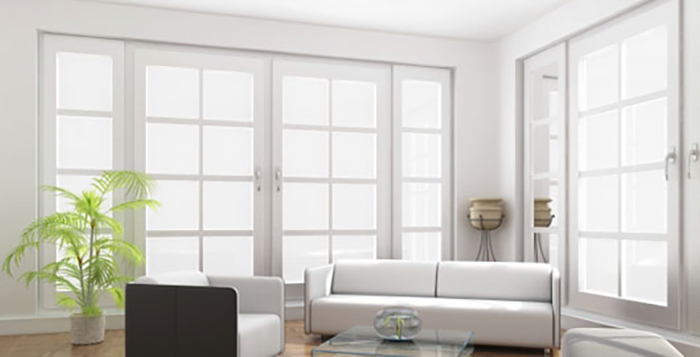
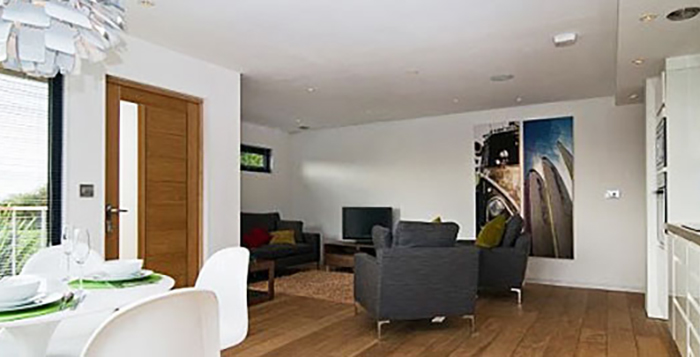
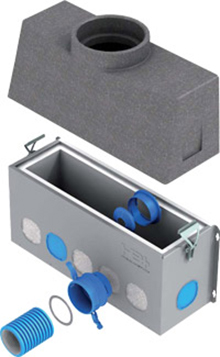



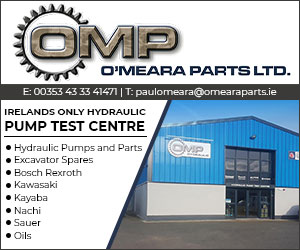
![Swords Auto [Traffic Management]](http://www.construction.co.uk/advnew/489306bul.jpg)

